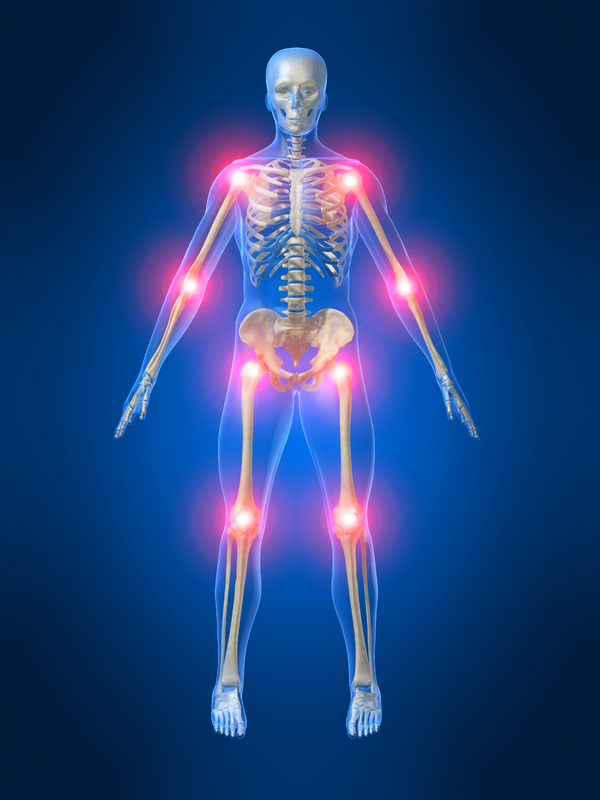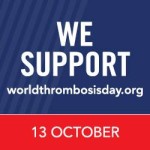
What is Joint Preservation?
April 7, 2014; Posted by: WeBleed staff
The importance of preserving joints while also maintaining your bleeding disorder.
The words maintenance and preservation are thrown around an awful lot. Especially when it comes to joint health in the human body.
What’s the big deal? If you have a chronic bleeding disorder, it’s a huge deal. The saying “live in the present, but plan for the future” couldn’t be more true in the regard of keeping your joints in good shape. The joints of the body are critical when it comes to doing even the smallest things – walking, running, crawling, jumping – and if they are not given the respect they deserve, it could mean more problems making even the slightest movements down the road.

So I get a bleed from time to time….so what? Let’s say you get between 3-5 bleeds a year and the bleed is into a target joint like your leg – for all of you keeping track at home, a joint is the place where two or more bones come together. The first few times you feel the warm sensation, your leg swells, you take your medication and the swelling decreases over time. The big deal is what is going on in your leg – the bleed is literally eating away at the soft tissues, muscles and tendons between the bones of your joint with EVERY bleed. You may be 10 years old when you get your first bleed or two and by the time you are 18 you would have over 20 bleeds. Holding off on “factoring up” does way more harm than good. After that large enough number of bleeds to a targeted area like your leg, it becomes bone on bone.
Do you have a good pain tolerance? Before most have complete deterioration of the joint, doctors recommend a joint replacement. For those with a bleeding disorder like hemophilia or von Willebrand disease, the most common, average age is before turning 50. Joint preservation – walking, swimming, jogging, jumping jacks, stretching – can make a world of difference. The leg was just one example – think of your hip or elbow or sometimes even the upper parts of your back or shoulders. It all needs some attention. This doesn’t have to be an every hour occurrence, just something to remember once a day.
So preservation and maintenance – will doing this really help?
Let’s run the numbers. You take medication anyway 2-3 times a week to begin with not including some bleeds that just happen or an accident from time to time. It’s only natural. The time it takes to replenish the body with the factor it needs should also be the same amount of time you can consistently give back to your body to conserve your joints. It is great to think of how amazing you feel right now and the hope of being “bleed free.” The reality of the matter is, 10 years down the line you may just be another candidate for a joint replacement or sooner. It can happen that fast and the breakdown of the body will not tell you ahead of time when it will begin.
Overall, isn’t the way you feel now how you want to feel down the line? If you answered yes, joint preservation is the way to go to get you in the right direction towards free body movement both now and in the future.
Photo Credit – WebMD



